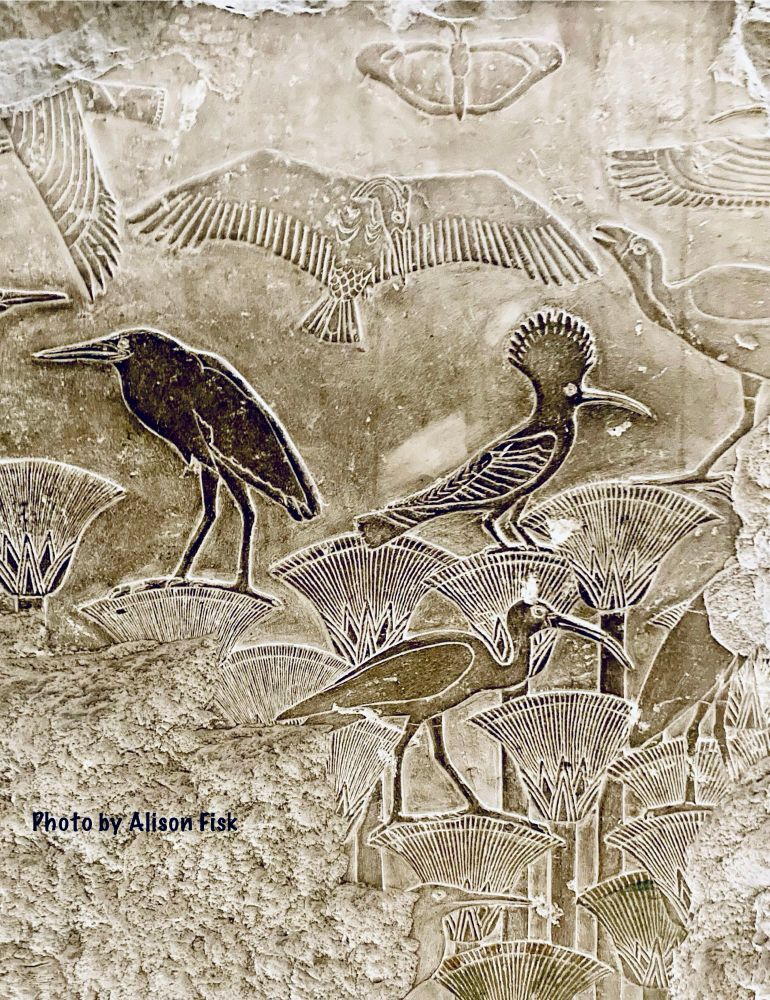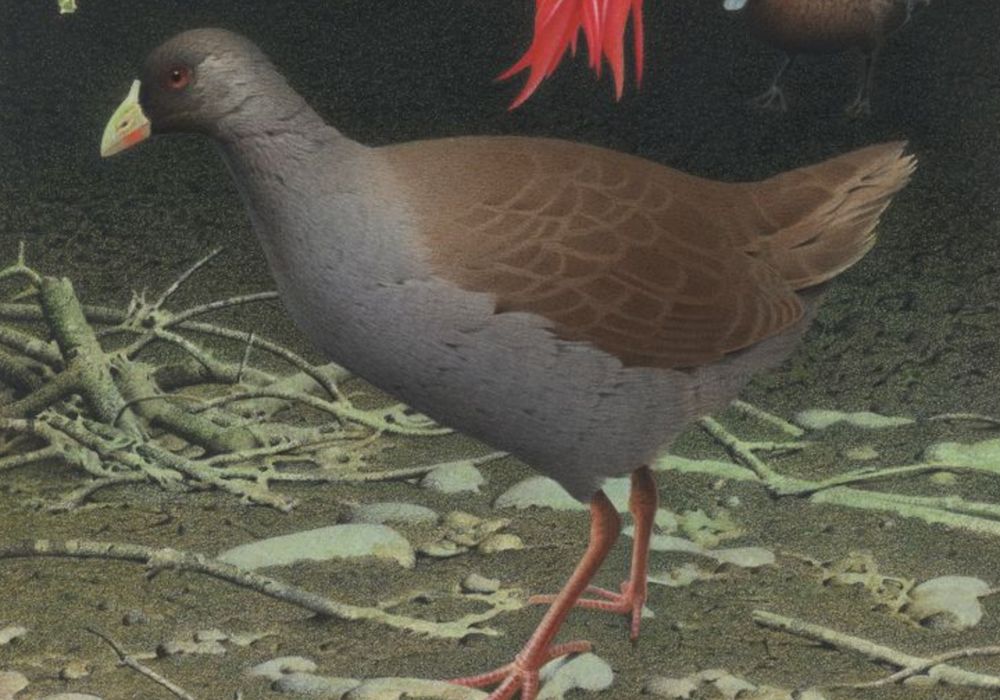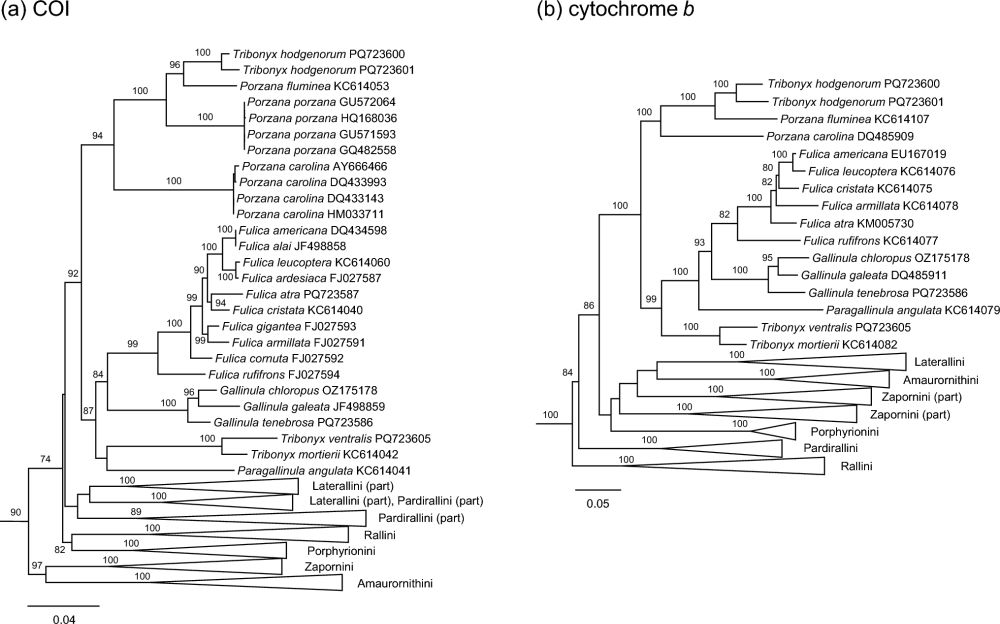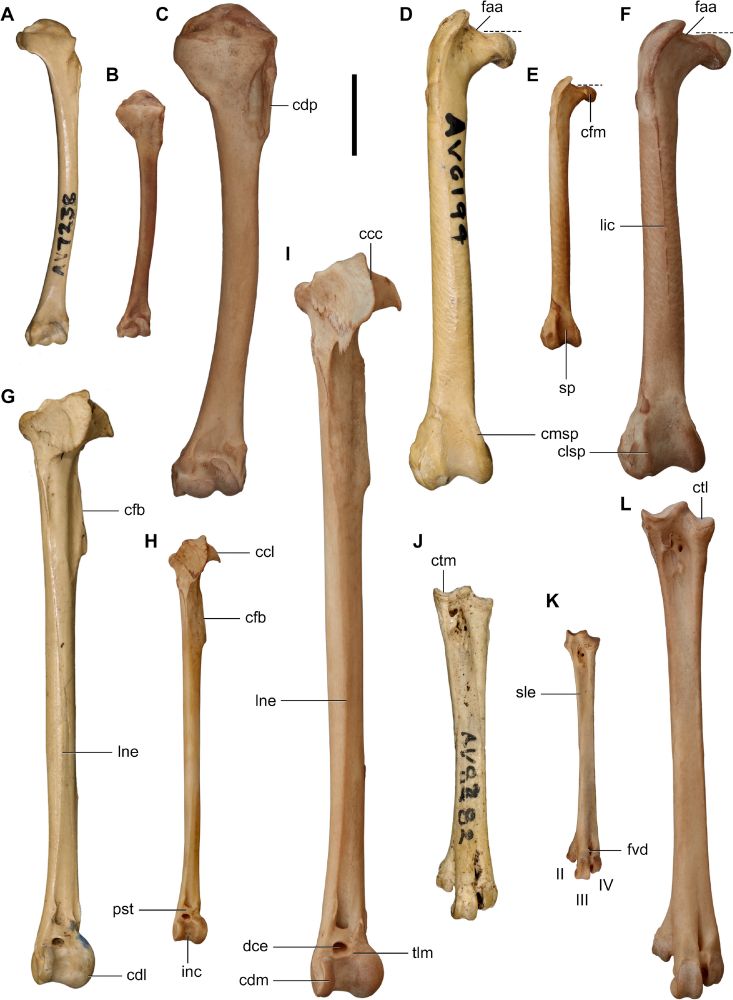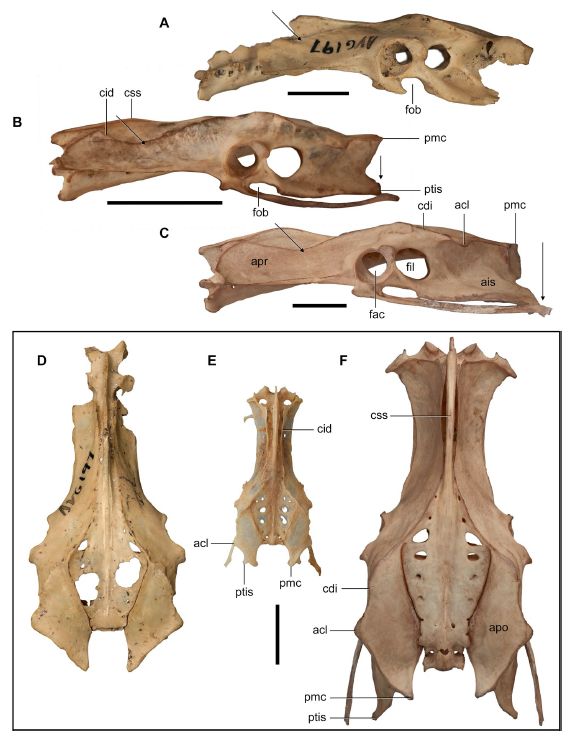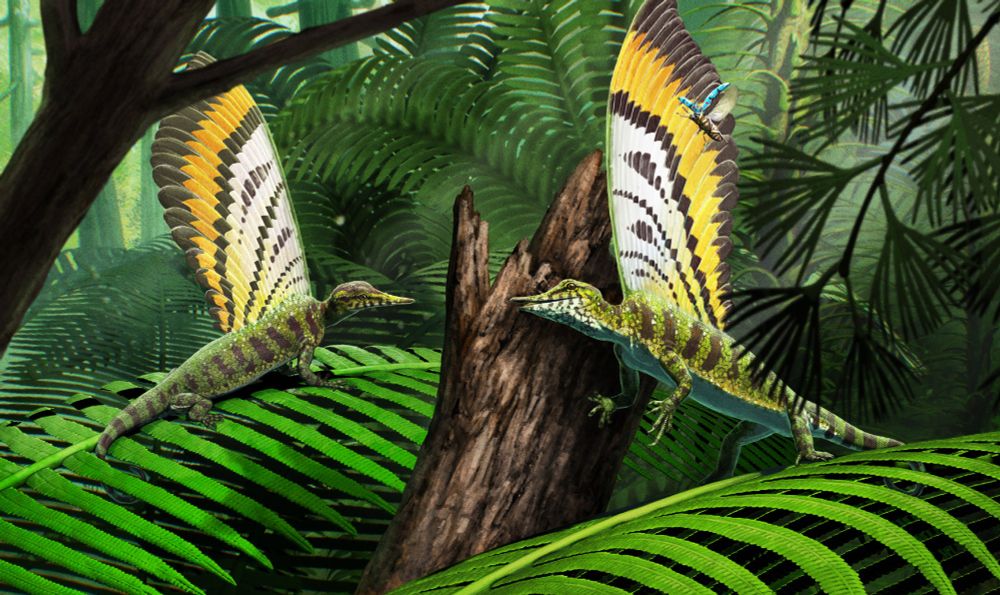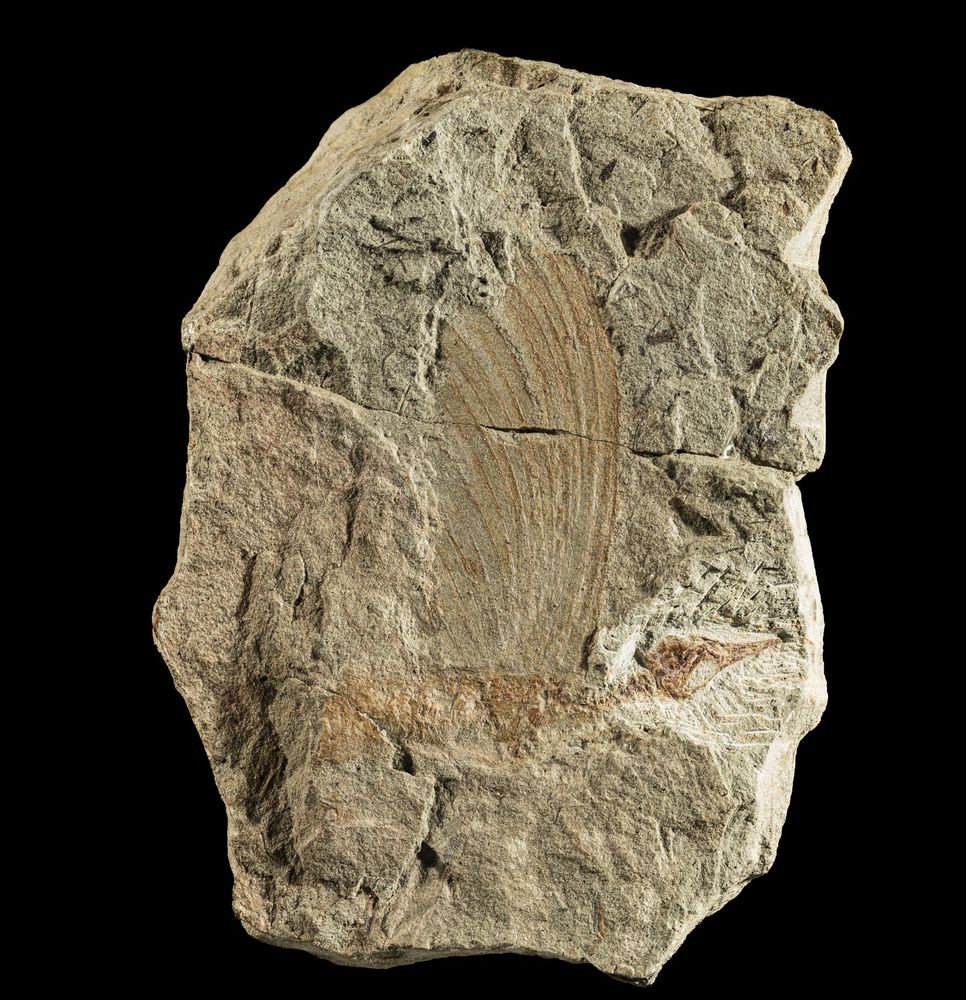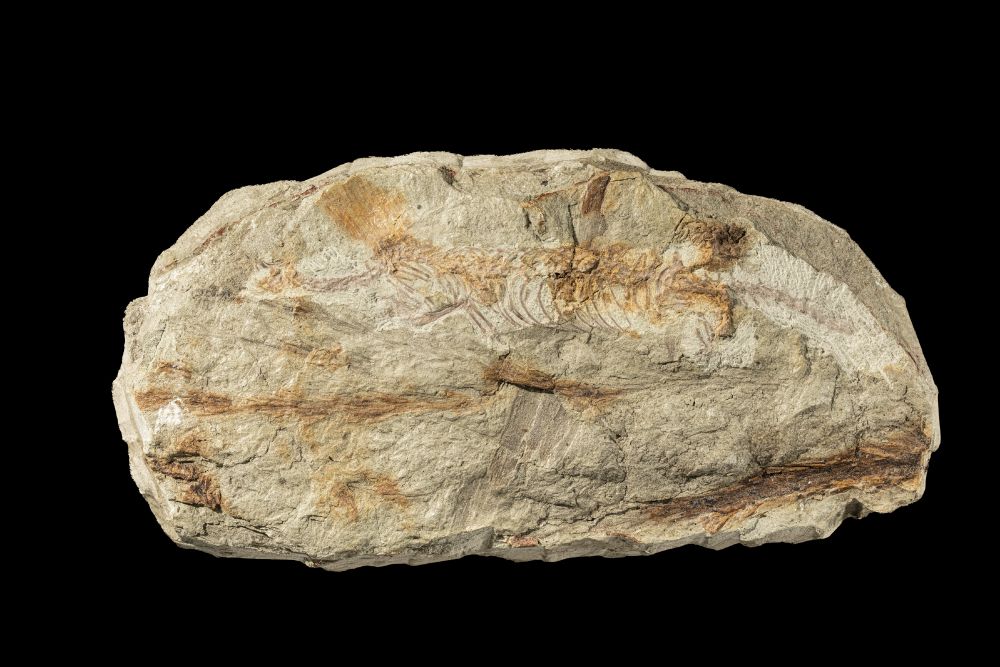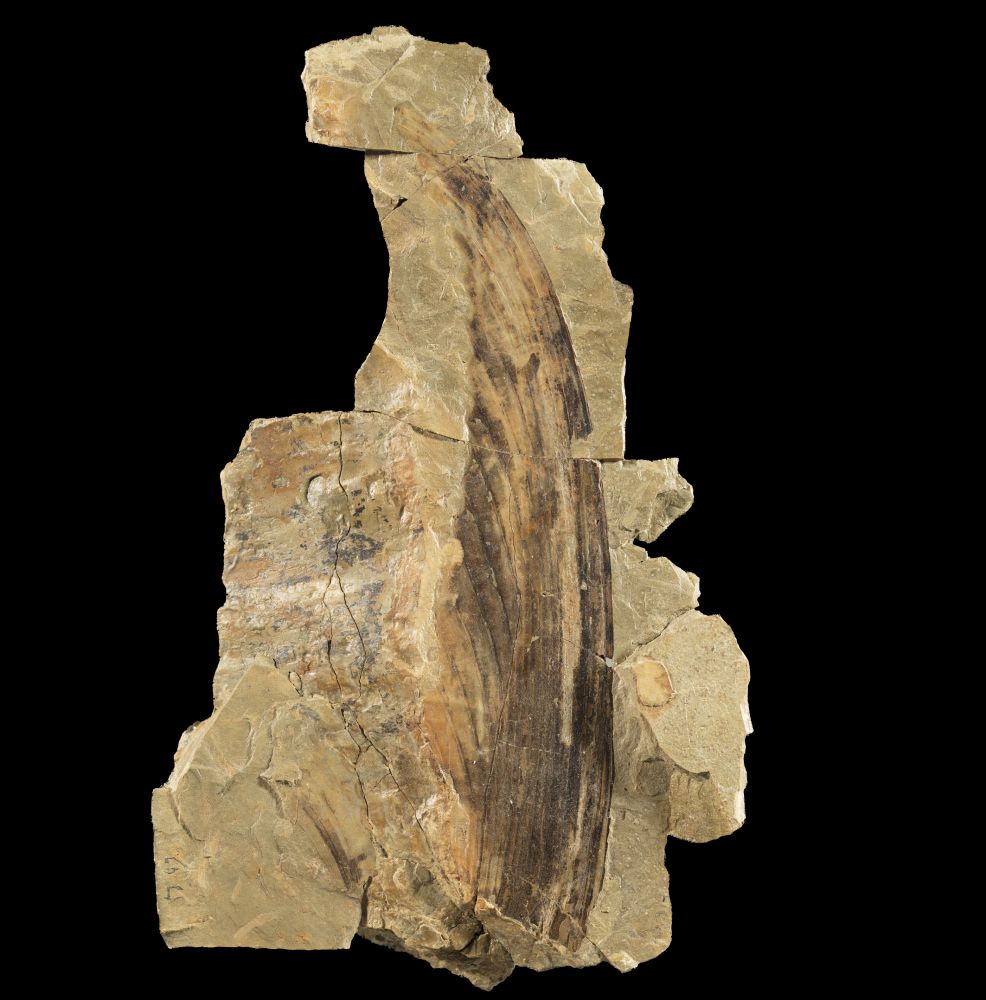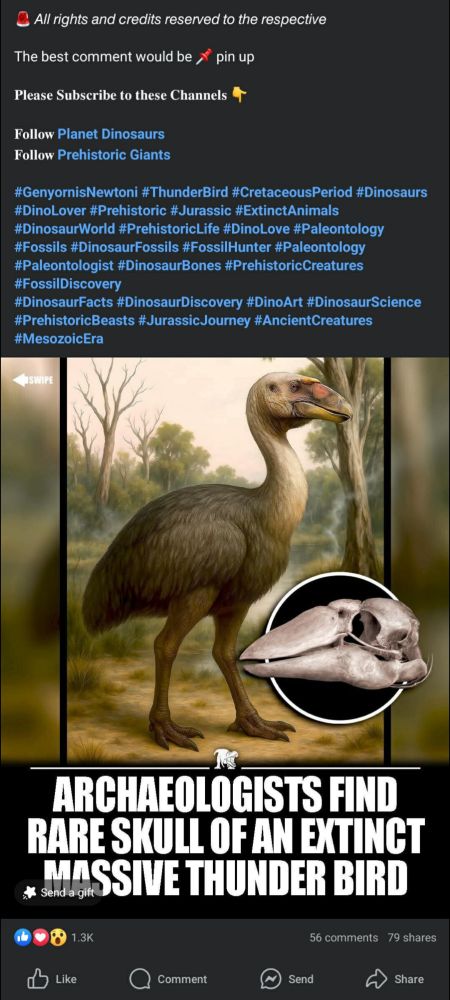Jacob C. Blokland
@blokoweka.bsky.social
78 followers
100 following
13 posts
Bird bones. OLD bird bones.
Vertebrate Palaeontology (Palaeornithology) Ph.D. Candidate @flindersuniversity.bsky.social, South Australia, researching the evolution of rail-like #birds and other bird groups 𓅬 | Illustrator ✐ | From Waitaha, Aotearoa ⸙
Posts
Media
Videos
Starter Packs
Reposted by Jacob C. Blokland
Reposted by Jacob C. Blokland
Reposted by Jacob C. Blokland
Jacob C. Blokland
@blokoweka.bsky.social
· Aug 13
Jacob C. Blokland
@blokoweka.bsky.social
· Aug 13
Jacob C. Blokland
@blokoweka.bsky.social
· Aug 13

Multiple exceptionally preserved fossils from the Paleocene Waipara Greensand inform the diversity of the oldest stem group Sphenisciformes and the formation of their diving adaptations
Abstract. We report new stem group sphenisciforms (ancestral penguins) from the Paleocene of the Waipara Greensand (Canterbury, New Zealand), and describe
academic.oup.com
Reposted by Jacob C. Blokland
Reposted by Jacob C. Blokland
Reposted by Jacob C. Blokland
Reposted by Jacob C. Blokland
Reposted by Jacob C. Blokland
Isaac Kerr
@isaacarkerr.bsky.social
· Jul 31
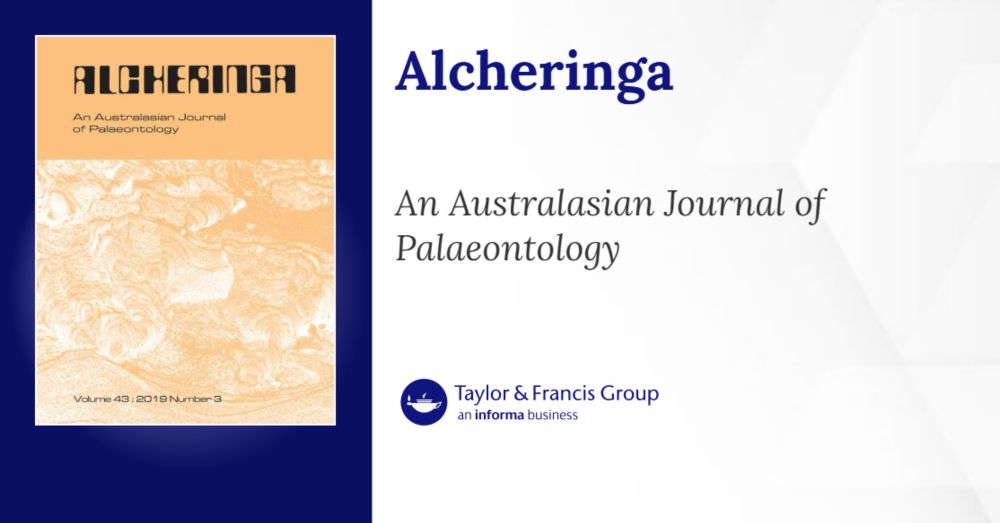
A new fossil kangaroo species of the genus Dorcopsoides (Marsupialia, Macropodinae) from the late Miocene Ongeva Local Fauna, central Australia
The kangaroo tribe Dorcopsini is represented today by six species of New Guinean forest-wallaby. However, the group has a patchy fossil record beginning on the Australian mainland in the upper Mioc...
doi.org
Reposted by Jacob C. Blokland
Reposted by Jacob C. Blokland



